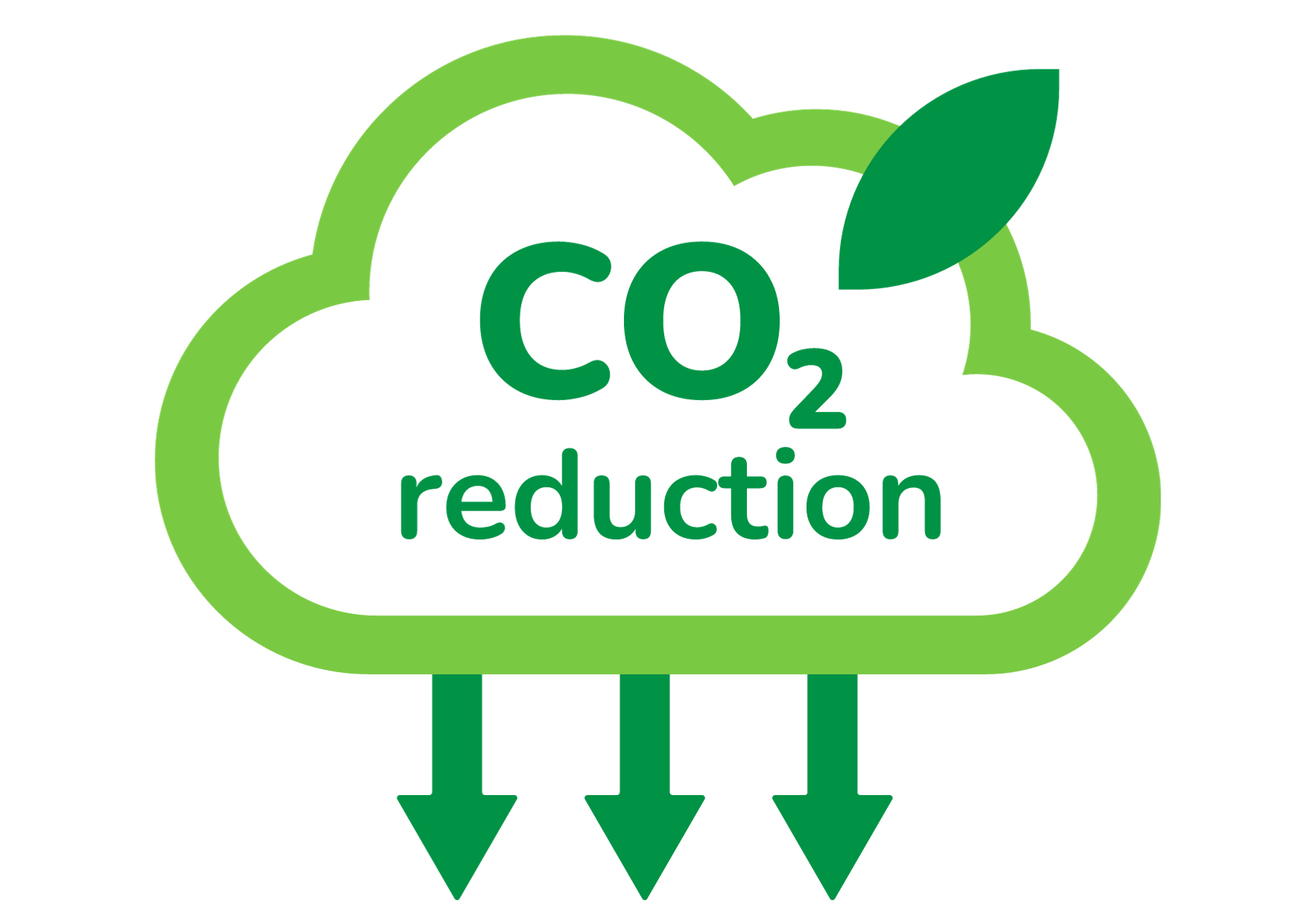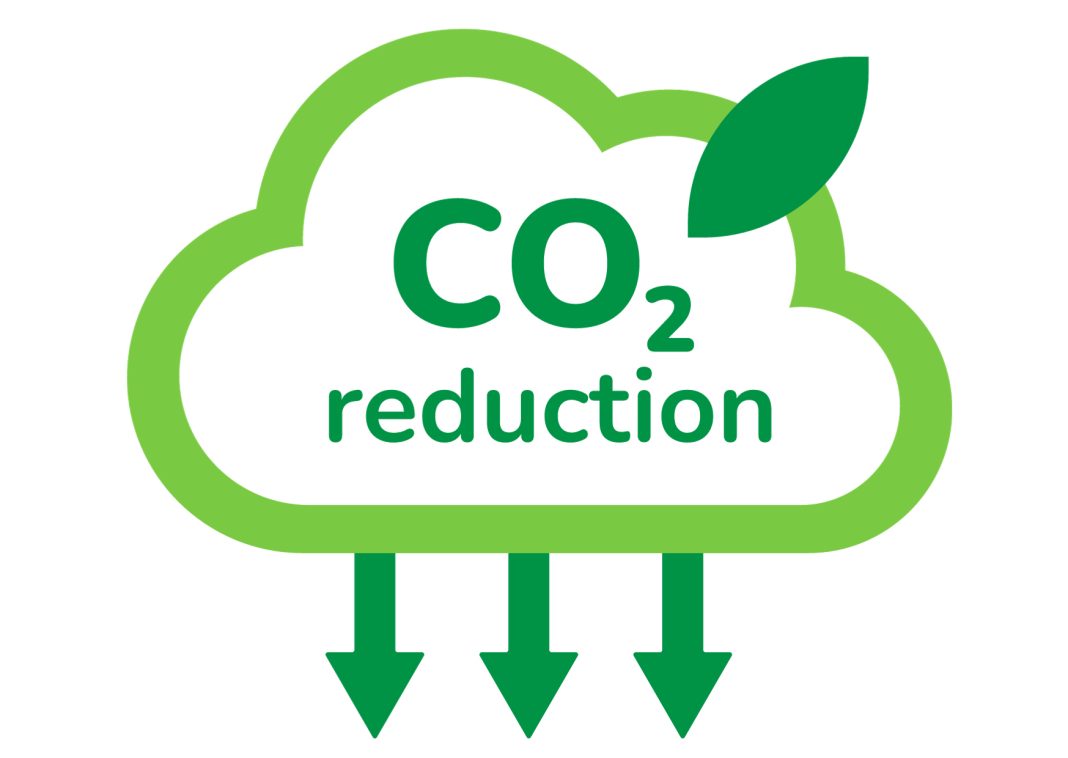 Difficulty Measuring the Impact of Carbon Emission Reduction on the Global Climate
Difficulty Measuring the Impact of Carbon Emission Reduction on the Global Climate
Australia’s Climate Change Department recently faced questions about its ability to demonstrate the quantifiable effects of its carbon emission reduction policies. During a budget estimate hearing, the department representatives were asked if they could prove the specific changes in the global climate resulting from Australia’s efforts to reduce carbon emissions.
The questioning was prompted by a report from the Australian National Audit Office (ANAO) that highlighted the department’s inability to demonstrate how its policies and programs contributed to overall emissions reduction. The ANAO also criticized the department’s monitoring of climate and energy-related work for failing to indicate the contribution of measures towards emissions reduction targets.
In response to the questioning, Kath Rowley, the head of the emissions reduction division, explained that they had various ways to track progress towards emissions reduction targets and quantify the impact of their most important policies and measures. She mentioned their National Inventory Report, which provides an annual overview of Australia’s greenhouse gas emissions, and their emissions projections based on future assumptions.
However, Senator Malcolm Roberts was not satisfied with this response. He wanted to know the specific impacts of the reduction in carbon emissions projected by the department. He questioned whether there was any noticeable difference in temperature, rainfall, snowfall, severe storm severity, droughts, floods, and sea levels.
Ms. Rowley acknowledged that the global climate and its impacts were influenced by Australia’s greenhouse gas emissions, as well as those of other countries. She referred to key reports from the department and the Intergovernmental Panel on Climate Change (IPCC), which consider the cumulative effect of global greenhouse gas emissions.
However, Ms. Rowley also admitted that it is challenging to attribute a single change in emissions from Australia to specific changes in the global climate due to the cumulative effect of greenhouse gases. She emphasized that while it is difficult to measure these specific impacts, it is important to recognize that reducing global greenhouse gas emissions will lead to a decrease in the projected and observed impacts of climate change. Australia’s contribution to global action on climate change plays a part in this.
Senator Roberts seized on Ms. Rowley’s admission, claiming that the department had no specific way to measure the impact of its policies. He concluded that the ANAO report was accurate in its assessment. He went even further, stating that no one worldwide has been able to provide a specific quantified effect of carbon dioxide from human activity on any temperature for any climate factor.
This exchange highlights the challenges faced in measuring the specific impacts of carbon emission reduction on the global climate. While Australia’s Climate Change Department tracks progress and projections, it is difficult to attribute changes in emissions to specific climate outcomes due to the cumulative nature of greenhouse gases. This issue is not unique to Australia but is a global challenge.
However, it’s important to note that efforts to reduce global greenhouse gas emissions have a collective impact on mitigating climate change. While it may be challenging to measure the specific effects of individual countries’ policies, every contribution counts towards minimizing the projected and observed impacts of climate change. As the world continues to take global action on climate change, it is crucial to recognize the collective effort and the potential positive outcomes for our planet.


